
Book
How to Change Absolutely Anything
Recommendation
Just about every positive event in history came about because people changed the circumstances around them for the better – for themselves and for the world. Deep personal change requires a psychologically astute, well-conceived and systematic program, as offered by change management consultant Damian Hughes. His 10-step agenda tells you where to begin and how to proceed. getAbstract recommends it to anyone who wants to embark on personal change.
Summary
About the Author
Damian Hughes teaches human resource management and organizational behavior at Manchester Metropolitan University. He founded LiquidThinker, a motivational consultancy.
By the same author
Book
Learners who read this summary also read
Book
Book
Book
Book








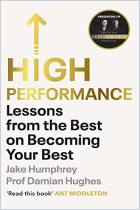

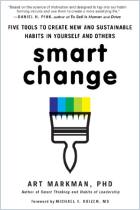
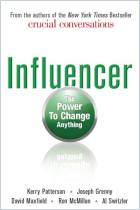
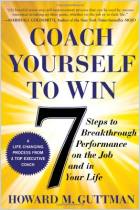
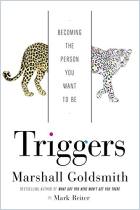
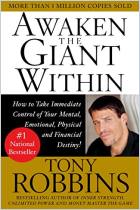


Comment on this summary or Start Discussion